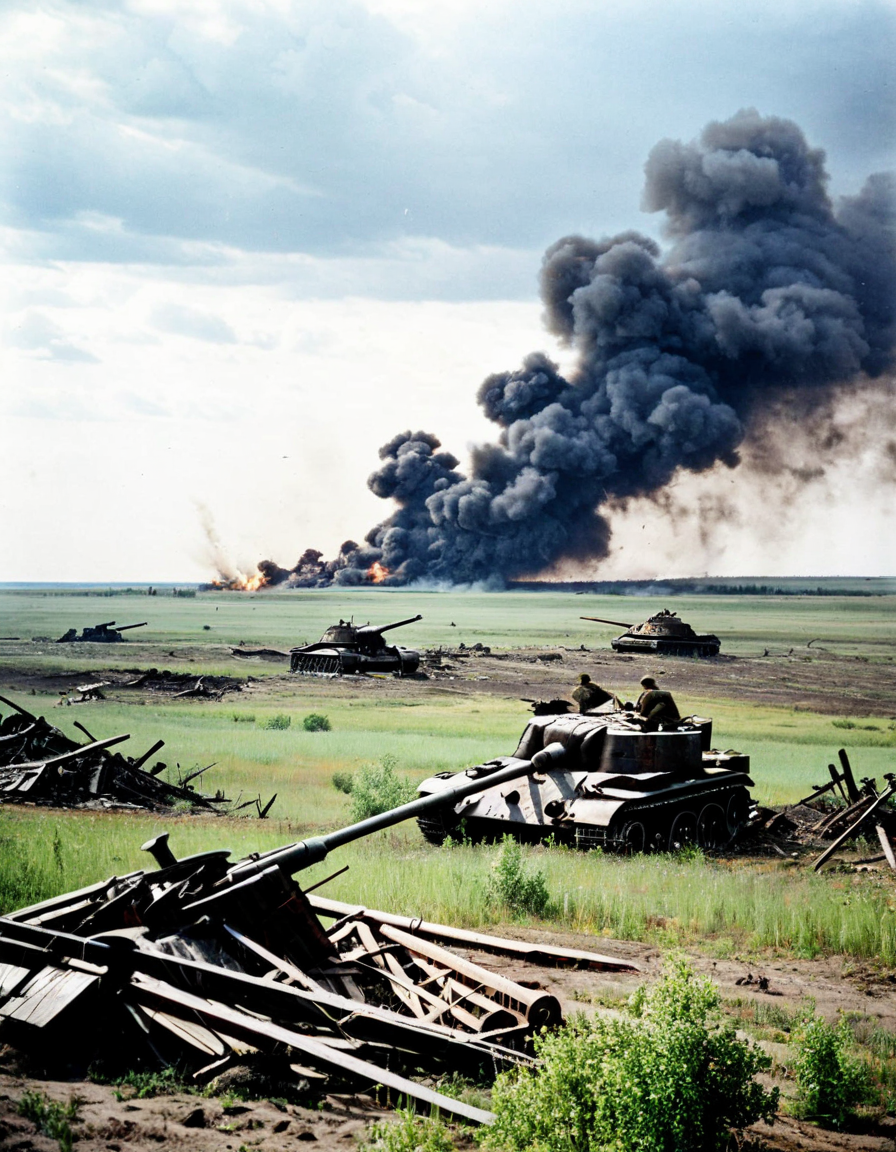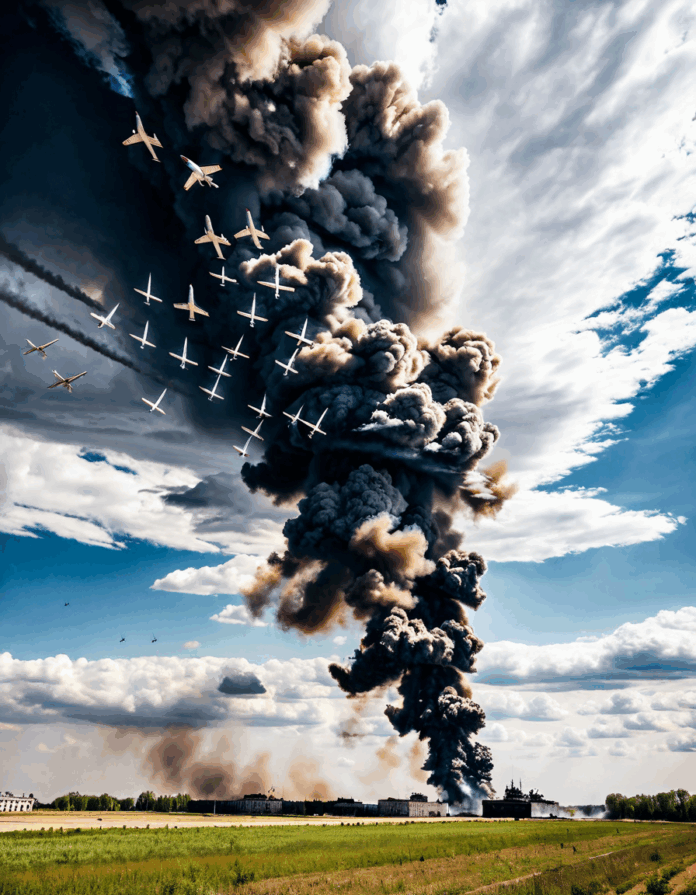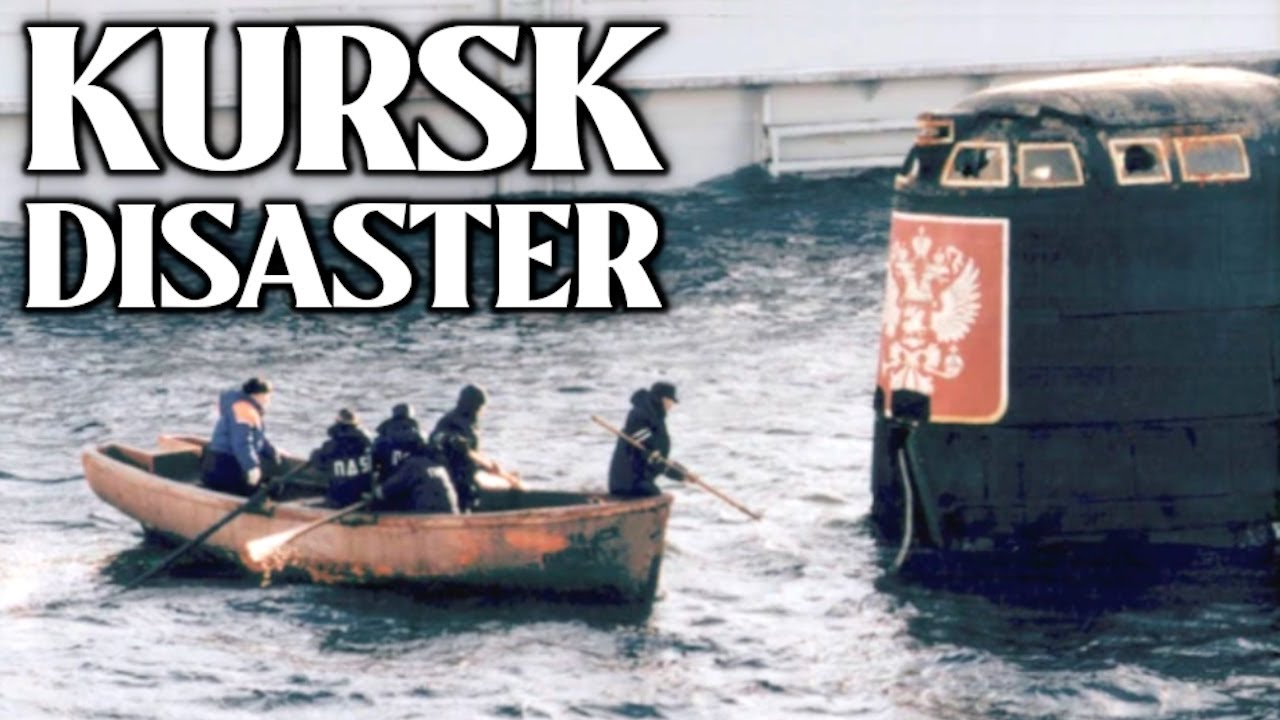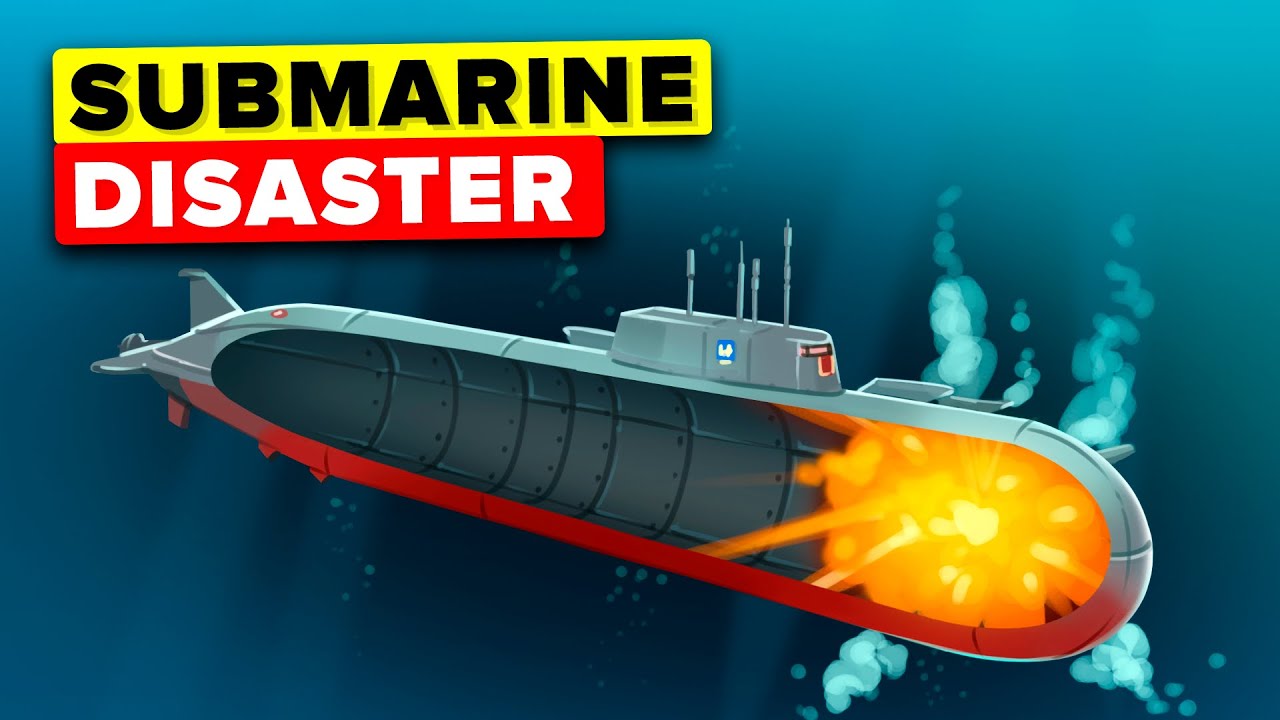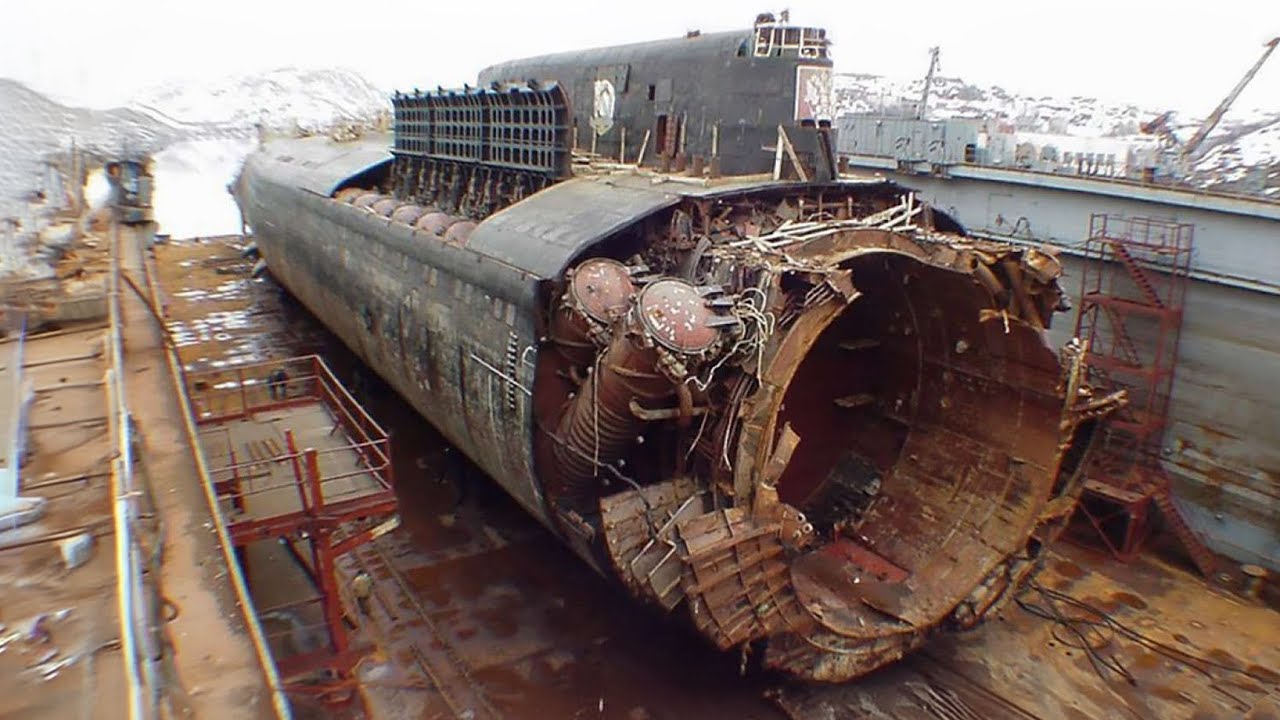The Battle of Kursk, occurring in July 1943, stands as a pivotal moment not just in World War II but also in the evolution of military strategy. History often marks this engagement as the largest tank battle in warfare—a place where conventional tactics faltered against innovative strategies. This monumental clash between the Soviet Union and Nazi Germany showcased how both sides adapted and evolved their tactics amidst the brutal reality of combat. Kursk didn’t just influence the outcome of the war; it shaped future military operations worldwide, establishing blueprints that many modern armies still follow today.
The Kursk Offensive: A New Strategy in Warfare
The Kursk battle marked a shift in military strategy, showcasing the importance of preparation and innovation. The Soviet forces anticipated the German assault, erecting elaborate defenses that included fortified positions and minefields. Conversely, Germany introduced new tactics, such as the concentrated use of tanks, which aimed to break through the Soviet lines. Despite their advanced technology, like the Maybach engines powering the Panzer tanks, Germany faced a formidable adversary. The Soviet T-34, famed for its resilience and innovative design, became central to the defensive strategies employed by the Red Army.
Both sides learned valuable lessons during the battle. Notably, the Kursk offensive illustrated the relaxation of traditional army formations in favor of a more flexible and responsive approach. Instead of rigid lines, the focus shifted to maximizing tank mobility and firepower. These shifts not only doomed the German advance but also influenced how warfare would evolve in the coming decades.
The impact of Kursk resonated far beyond World War II. The strategies that emerged from this battle laid the groundwork for future military engagements globally, shifting the paradigm of how wars are fought. Nations studying the battle realized that the combination of technology, logistics, and ground strategy remains crucial in military success.
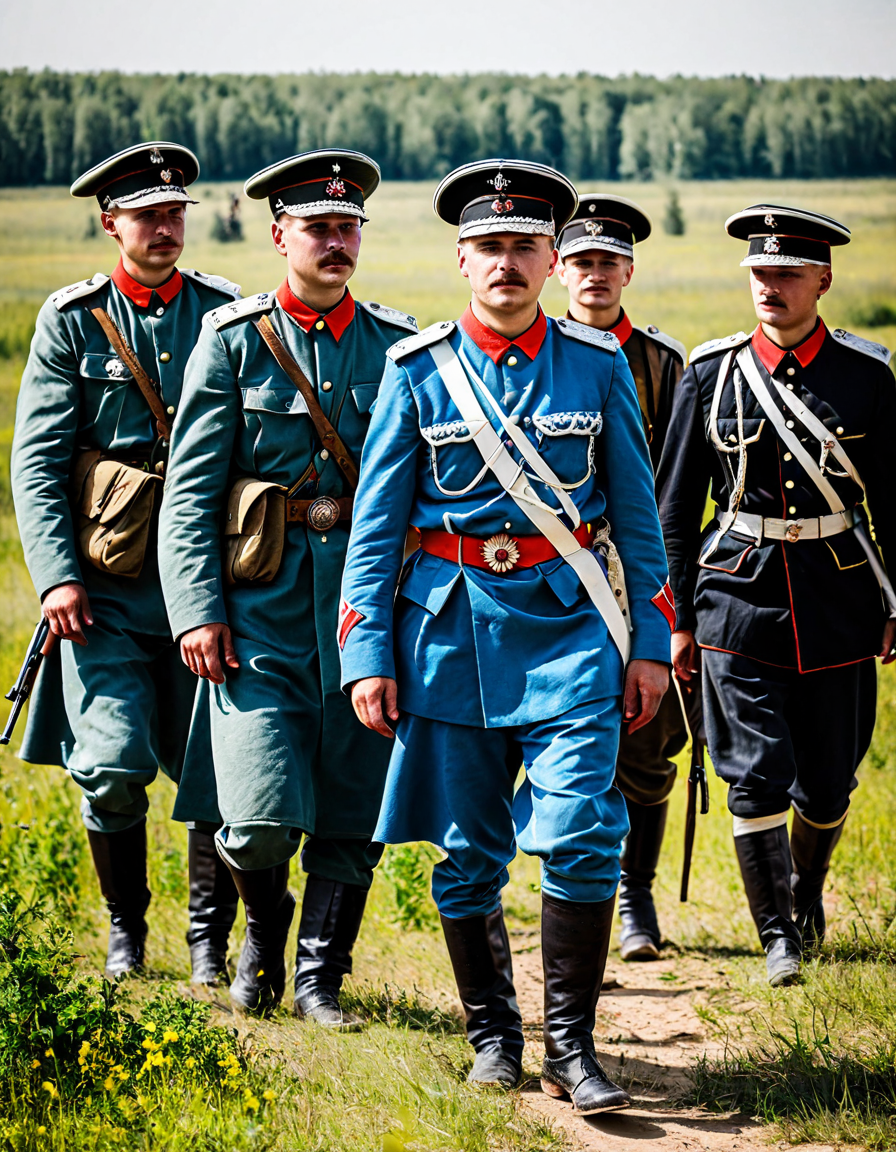
Kursk’s Legacy: Shaping Modern Military Doctrines
The lessons drawn from Kursk continue to inform military doctrine even into the Cold War and beyond. Following WWII, nations like the United States and those in NATO integrated principles from the battle into their military strategies. The focus on combined arms warfare—synergizing infantry, armor, artillery, and air support—became a hallmark of military operations that stemmed from the tactics seen at Kursk.
In modern conflicts, countries draw parallels between contemporary warfare and the strategies refined at Kursk. For instance, the tactics adopted in Iraq and Afghanistan reflect the same innovative maneuver warfare strategies that characterized the Soviet response at Kursk. Lessons from both terrain familiarity and technological exploitation find their roots in the Soviet triumph—grounded in knowledge gained during this decisive battle.
Kursk also influenced military training today. Strategic simulators and exercises replicate the battlefield conditions of both Soviet and German forces, offering insights into commanding aspects of modern warfare. Leaders and strategists often reference Kursk in their training sessions, emphasizing the vital importance of adaptation in a shifting battlefield landscape.
The Role of Ground Conditions: Kursk, Dagestan, and Modern Landscapes
Geography played a crucial role in shaping the Kursk battle, as it does in many conflicts. The expansive steppes of Kursk provided a unique environment for tank warfare, necessitating new tactics influenced heavily by the terrain. This aspect of warfare resonates today in areas like Dagestan, where rugged landscapes challenge military operations. Analyzing ground conditions today allows military planners to integrate terrain impact into their operational frameworks.
The 1999 Dagestan conflict serves as a case study highlighting how geography continues to influence military strategy. Urban warfare in Dagestan showcased both lessons from Kursk and the integration of modern technology. Soviet strategies employed in Kursk were revisited as commanders faced densely populated areas requiring innovative approaches to urban combat.
Integrating technology into terrain navigation has become essential in modern warfare. Just as the Red Army adapted its tactics during Kursk, today’s armed forces use cutting-edge technology for reconnaissance and battlefield awareness. This strategic evolution underscores the significance of geography, shaping military thinking and operational plans.
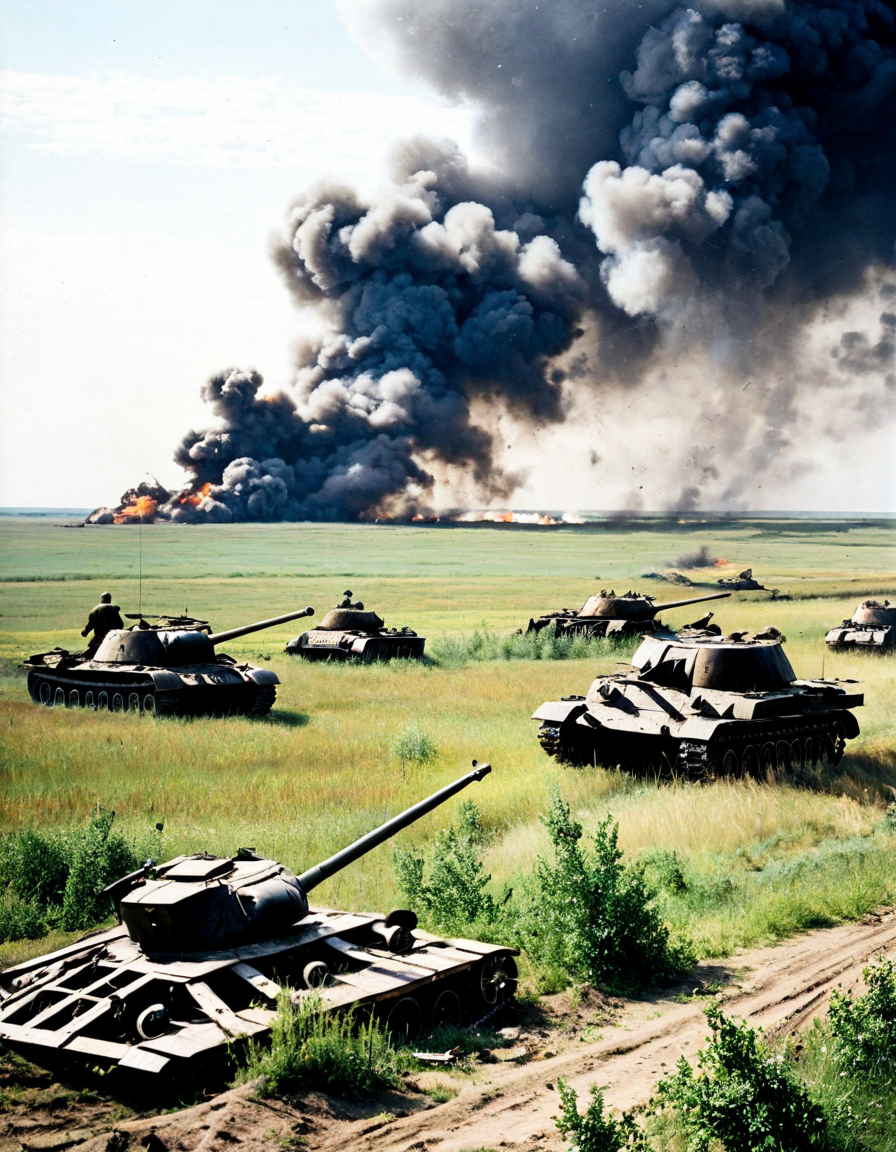
Technological Advancements: From Maybach to the Modern Battlefield
Kursk wasn’t just about tactics; it was firmly rooted in technological evolution. The introduction of advanced tanks powered by the powerful Maybach engine showcased how critical technology became in shaping outcomes. The T-34 proved that superior technology could counterbalance tactical disadvantages and shift the tide of battle.
Modern warfare benefits from innovations that owe much to the military evolution witnessed at Kursk. Companies like Rheinmetall have been at the forefront of technological breakthroughs in armored warfare. Their advancements continue to redefine the battlefield, translating lessons learned from historical battles like Kursk into cutting-edge military solutions.
Continuing innovations in armored vehicles, surveillance systems, and communications technology echo the battlefield realities of Kursk. As economies of scale enable further developments, lessons from the past drastically shape military hardware seen in today’s conflicts.
Cultural Reflections: How Kursk Influences Today’s Military Narratives
The Kursk battle permeates popular culture, shaping military narratives in literature and film. Its profound impact is reflected in films and documentaries, reviving interest in the strategies and human experiences from this engagement. Cinematic portrayals often dramatize the conflict, shedding light on the human cost of war and the tactical genius that went into the Kursk operation.
Military historians frequently discuss Kursk within the evolving narratives shaped by modern perceptions in both Russia and the West. As interests shift, so does the interpretation surrounding the battle’s implications. Contemporary discourse around Kursk highlights the enduring values of innovation and sacrifice in military history.
Modern military leaders reference Kursk for inspiration and guidance. Many military education frameworks include it as a case study, emphasizing the need for adaptability in strategies and tactics. The legacy of Kursk serves as both a cautionary tale and a guiding principle, shaping how future leaders view combat dynamics.
Global Military Policy: Lessons from Kursk for Today’s Conflicts
Strategic principles from Kursk find application in military policies worldwide. Nations crafting their military doctrine often reference the enduring influence of this battle when formulating responses to contemporary threats. Global conflicts, including the ongoing turmoil in Ukraine and the complex situation in Syria, exhibit echoes of the tactics seen in Kursk.
For instance, the tug-of-war in Ukraine’s recent history bears testimony to the lessons learnt at Kursk. As forces adapt their strategies in response to evolving dynamics, the spirit of Kursk reverberates through modern military policy layers. Defense analysts affirm that understanding these tactical parallels prepares military leaders for navigating asymmetric warfare challenges worldwide.
Understanding the tactical decisions made during and after Kursk significantly shapes how nations engage in conflict today. Discussions among defense experts highlight Kursk as a foundational moment, with its lessons continuing to inform how military operations are strategized and executed.
Embracing the Lessons of Kursk: A Roadmap for Future Warfare
The Battle of Kursk represents a cornerstone in military history and offers a wellspring of lessons that resonate throughout contemporary warfare. Nations continually adjust their military doctrines, with insights from Kursk influencing how conflicts will be approached in the future. Today’s militaries must honor the past while venturing into innovative strategies that address the unique challenges of modern warfare.
The evolution of military thinking stemming from Kursk illustrates the crucial roles of innovation, technology, and adaptability. Future conflicts will demand not only the wisdom of previous battles but bold steps into the unknown. As we analyze and learn from historical engagements like Kursk, military strategies will remain dynamic, ever-ready to meet the challenges of an unpredictable global landscape.
Kursk: A Turning Point in History and Warfare
Fascinating Trivia About Kursk
The Battle of Kursk in 1943 was a pivotal moment during World War II, showcasing not just military strategy but also the sheer will of nations. Did you know that the Germans launched Operation Citadel to recapture Kursk, aiming to secure a decisive victory? However, they were met with fierce resistance from the Soviets, who had built formidable defenses. Speaking of opposition, it’s like the story of Monster Inc, where unseen forces come to play, surprising and overcoming challenges. Kursk became a classic case of the underdog striking back at overwhelming odds.
In an interesting twist, the areas around Kursk turned into a battleground of technology and might, reminiscent of how Zack Snyders films arrange complex narratives with plenty of plot twists. The Soviets utilized superior numbers, outmaneuvering German forces in what is often considered the largest tank battle in history! The sheer scale was jaw-dropping; it might be comparable to gathering all those baby Carrots for a banquet—more than you could ever imagine! This famous confrontation marked a turning point, shifting the tide of war in favor of the Allies, helping to accost German forces on the Eastern Front.
As the Battle of Kursk unfolded, art and propaganda played a significant role, much like how viewers debate the right order of Star Wars Movies in order. The tales of bravery and sacrifice during this massive clash have since influenced countless cultural representations and inspired generations to analyze military strategy. As for markers of influence, look no further than Valentina Shevchenko, whose fierce competitive spirit echoes the determination exhibited during the Kursk campaign.
In the aftermath, the lessons gleaned from Kursk shook military tactics for years to come, just like how train strikes—like the recent c2c train strikes—can unexpectedly pop up and reshape commutes. The battle taught that preparation and intelligence can triumph over brute force, shining a light on strategy, tactics, and even gear. All those who remember the significance of the Blue Force gear worn by today’s soldiers can appreciate the legacies of these past conflicts. Reflecting on Kursk truly offers a glimpse into the past that continues to shape our present in unexpected ways, much like visiting a serene spot such as Santa Teresa, Costa Rica, generates memories worth cherishing.
